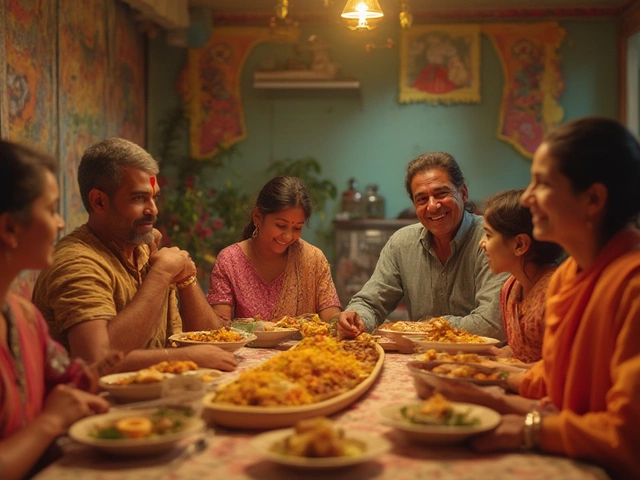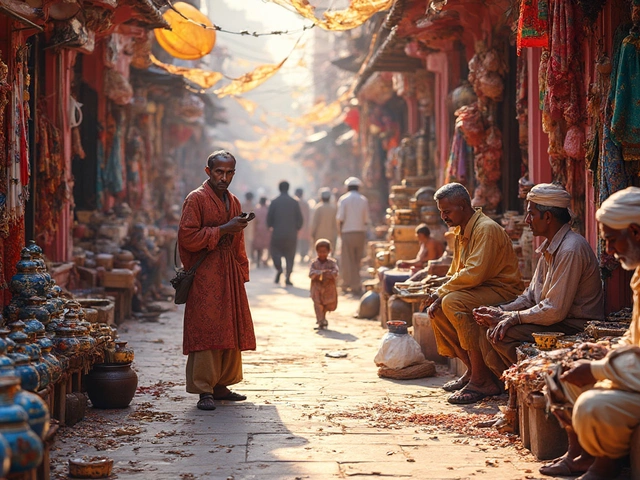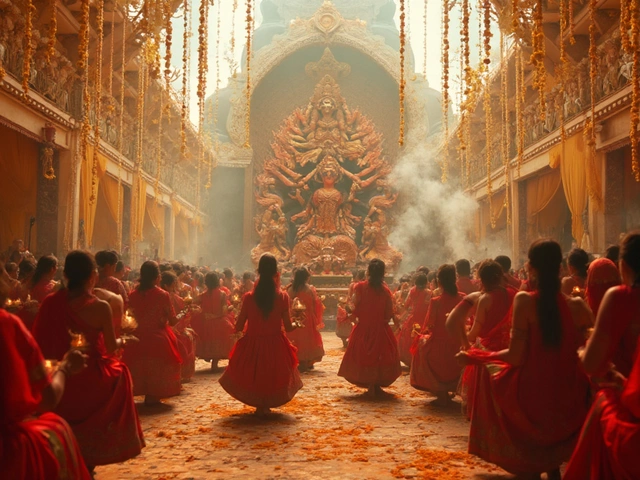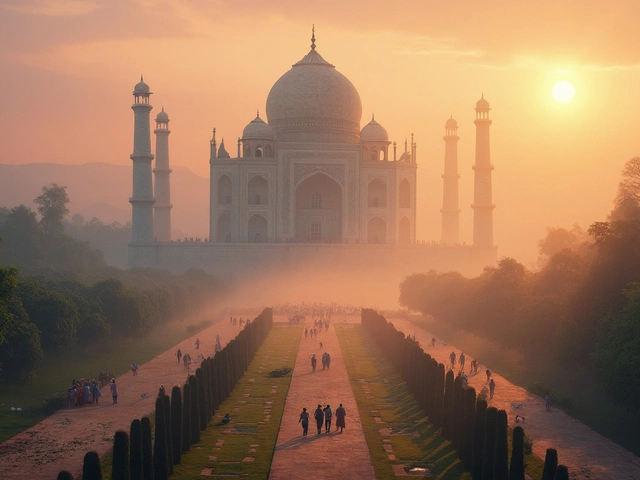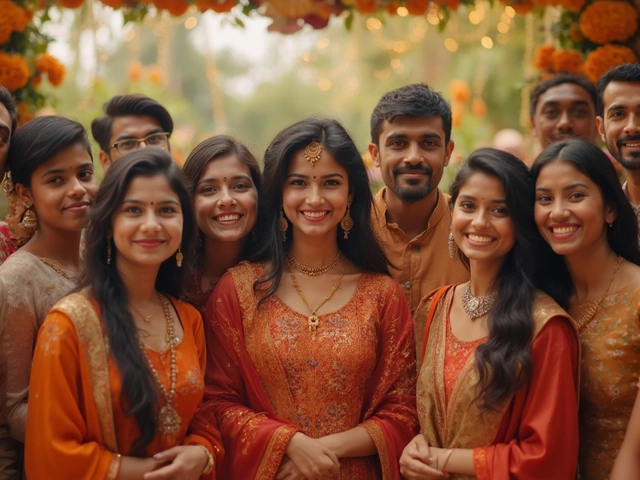Warli Art: The Ancient Tribal Painting Tradition of Maharashtra
Warli art, a raw, rhythmic form of tribal painting from Maharashtra, India, created using white pigment on mud walls. Also known as Warli painting, it’s one of the oldest living art forms in the country—dating back over 2,500 years and still practiced by the Warli tribe today. Unlike polished studio art, Warli art doesn’t aim for perfection. It’s made with rice paste, charcoal, and natural dyes, using basic shapes: circles for the sun and moon, triangles for mountains and trees, and squares for sacred enclosures. These shapes aren’t decorative—they’re storytelling tools, passed down through generations.
This art form is deeply tied to tribal life, the daily rhythms and spiritual beliefs of the Warli people in the Dahanu and Palghar regions. You won’t find gods or kings here. Instead, you’ll see women drawing circles around harvests, men dancing in lines during weddings, and animals walking in single file through forests. The art is made by women, usually during festivals like harvest or marriage, and it’s painted on the walls of homes as a ritual—not for sale, but for blessing. Even today, when a new house is built, the first thing done is to paint a Tarpa dance, a circular dance around a trumpet-like instrument played by men, central to Warli celebrations on the wall. That’s not decoration. That’s community memory made visible.
Warli art doesn’t use perspective, shading, or color—just white on earth. That simplicity is its power. It’s not about realism. It’s about truth. The circle isn’t just a shape—it’s the sun, the moon, the cycle of life. The triangle isn’t just a mountain—it’s the connection between earth and sky. This is why modern designers and artists are rediscovering it. You’ll find Warli patterns on fabric, stationery, and even digital murals now, but the originals still live in villages, painted by hands that have never held a brush in the Western sense. They use sticks, fingers, and the edge of a bamboo shard. There’s no art school. No certification. Just memory, rhythm, and respect.
If you’ve seen Warli art in a gallery or on a tote bag, you’ve seen a fragment. The real thing is alive in the villages of Maharashtra, where it’s still part of the soil, the songs, and the silence between prayers. The posts below show you how it’s made, where to see it today, how it connects to other Indian folk arts like Pithora and Madhubani, and why it’s not just a relic—but a living voice.

